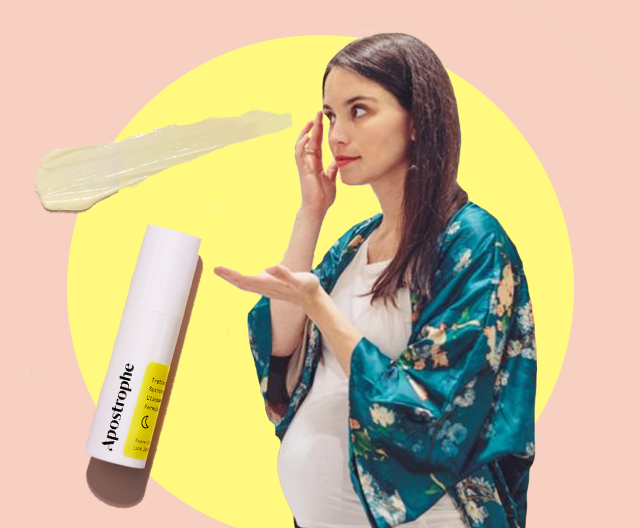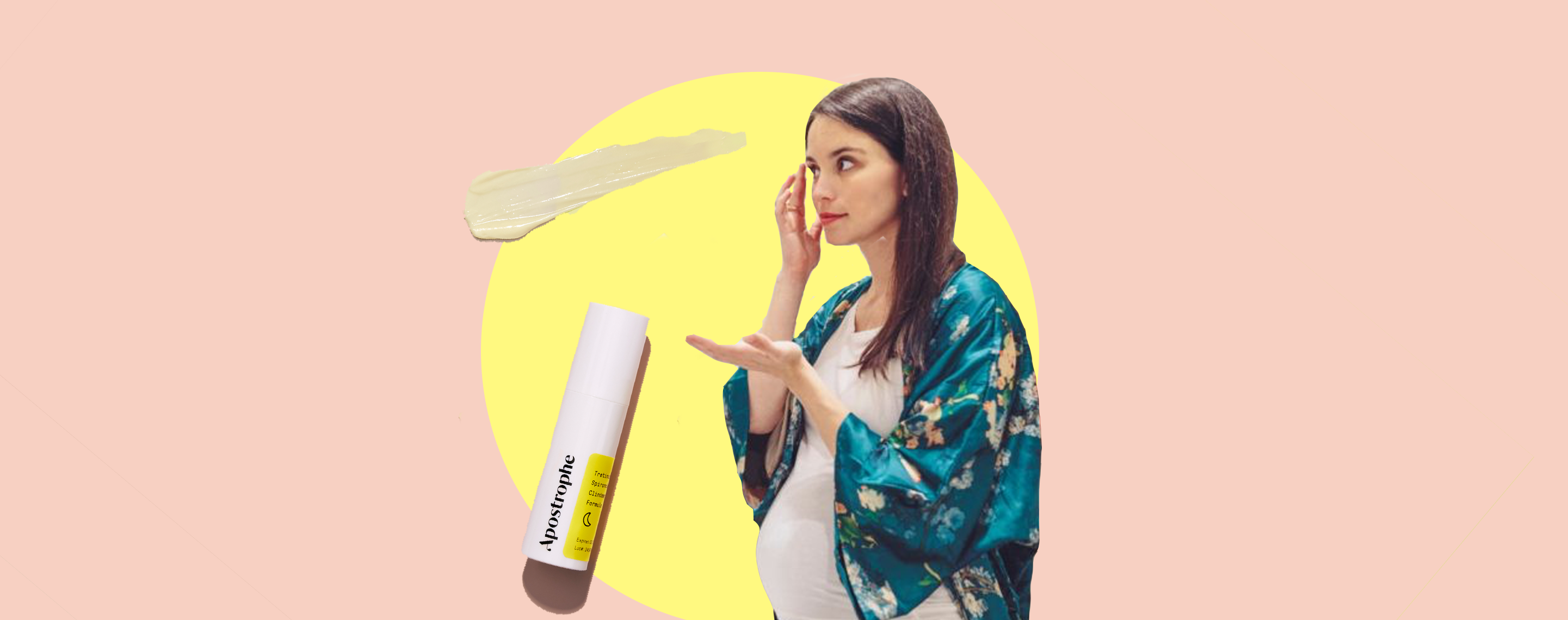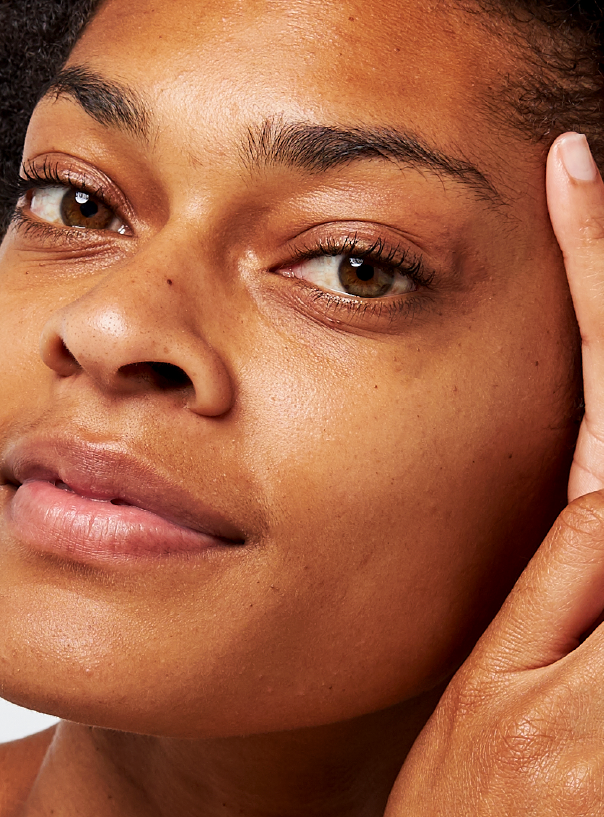Education
How to Treat Acne During Pregnancy


SHARE
Education
How to Treat Acne During Pregnancy
Medically reviewed by Aimee Paik, MD
Written by Annie Lam
Last updated 11/1/2024
There’s a lot of “do’s and don’ts” when it comes to pregnancy, and we always recommend consulting with your doctor on what’s best for you and baby. Your body and hormones change significantly while pregnant, which can lead to skin changes, like increased acne or breakouts. While there are acne treatments that should be avoided during pregnancy, there are also some great pregnancy-safe options! If you’re pregnant or trying to conceive, reach out to your dermatology provider. They can help create a treatment plan that’s safe for you! Here’s what you need to know about treating acne during pregnancy.
Does pregnancy cause acne?
Many people brag about having a “pregnancy glow”, but this isn’t always the case. Women experience a lot of hormone changes and fluctuations while pregnant, which can cause breakouts. Androgens also increase during pregnancy, which can lead to more oil production and potential blackheads and acne. Everyone’s experience is different, but you may notice increased breakouts throughout your pregnancy.
What ingredients are pregnancy-safe, and which ones aren’t?
Pregnancy-safe options: Our medical director Dr. Aimee Paik says, “During pregnancy, it’s best to stick with topical treatments.” Azelaic acid is a great pregnancy-safe acne treatment. It’s anti-inflammatory and anti-microbial, making it a great option for inflamed breakouts. “Topical clindamycin is safe to use during pregnancy, and benzoyl peroxide is generally considered safe as well.”
Treatments that should be avoided: According to Dr. Paik, “Retinoids (like tretinoin) and topical spironolactone should be avoided during pregnancy but are safe to use while breastfeeding.” Oral medications like spironolactone and antibiotics like doxycycline should also be avoided.
How to transition off of using retinoids
If you’re currently using retinoids like tretinoin and are trying to conceive, you might not need to stop right away. Dr. Paik says, “in my opinion, tretinoin is safe to use when trying to conceive but should be immediately stopped when pregnant”. Your acne can come back when you stop tretinoin, but your body goes through a lot of changes while pregnant, so everyone’s experience is different.
If you plan on trying to conceive, you can work with your doctor on a transition plan. “In order to prepare for pregnancy, I think starting azelaic acid is a good idea to allow for a smoother transition once tretinoin must be stopped,” Dr. Paik explains. Topical treatments like azelaic acid can take a few months to take effect, so starting the transition process early can help.
How to reincorporate retinoids post-pregnancy
We recommend working with your doctor on how to add back retinoids to your routine post-pregnancy. According to Dr. Paik, “you can start retinoids immediately post-pregnancy although with a newborn on your hands this may not be a top priority! My only precaution with using tretinoin once you have a baby is to avoid transferring the medication directly from your face onto your baby’s delicate skin.”While there may be a slight chance for purging when reincorporating them back into your routine, re-introducing it slowly can help. Start by using it 2 or 3 times a week to start, and slowly increase frequency to help minimize potential sensitivity and irritation. The dermatology providers on our platform have some great tips to help prevent the “retinoid uglies.”
Overall, treating acne during pregnancy can be tricky, but there are some great options that can help keep your acne under control. Your skin can change a lot during this time, so we always recommend consulting with a dermatologist or healthcare provider to create a treatment plan that’s safe for you. 😌
Shop this post

Finacea (azelaic acid)

Clindamycin
Like what you just read? Sign up for our email list to get the scoop on skincare science delivered straight to your inbox.

Deep Dives
A dermatologist shares his thoughts on the recent studies about benzoyl peroxide and benzene.
Read More
Education
What is milia?
What is milia? Today, we’re jumping into one type of bump that you may have heard about most commonly in infants — milia.
Read More
Education
Best moisturizer for acne-prone skin
If you have combination acne-prone skin, figuring out which moisturizer is best for your skin might be tough. In this guide, we break down the best moisturizer for combination, acne-prone skin.
Read More
